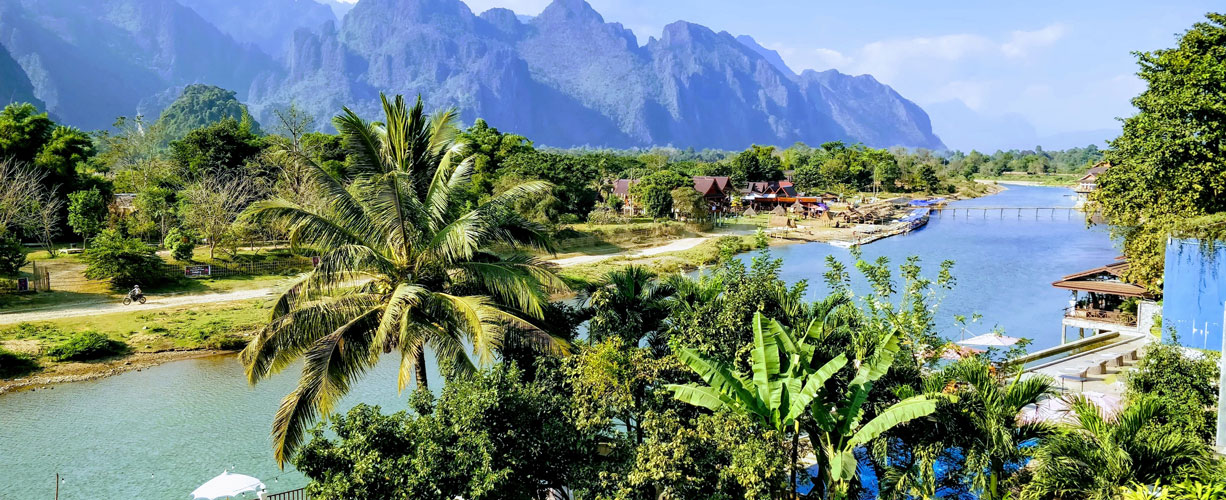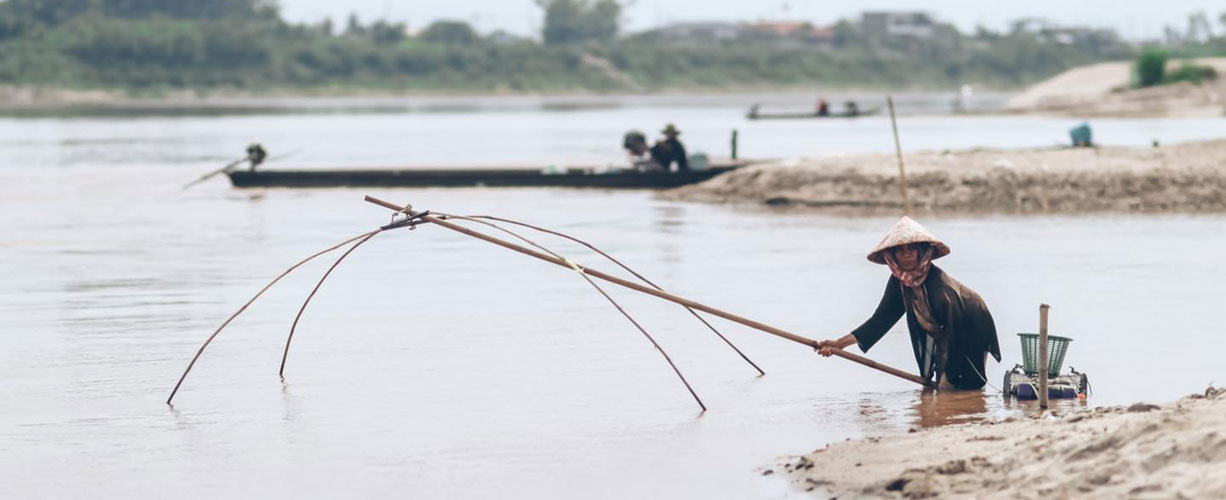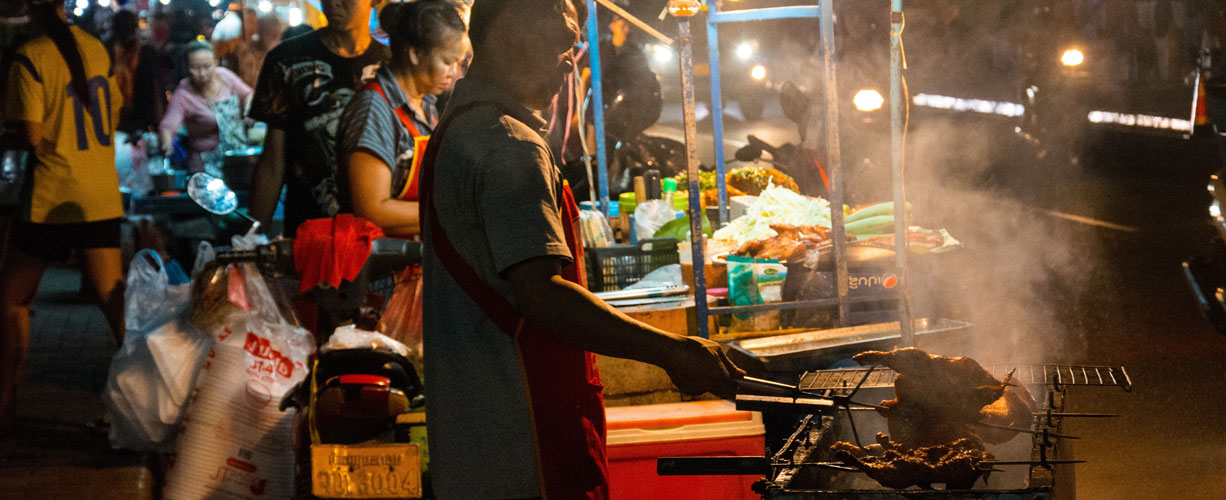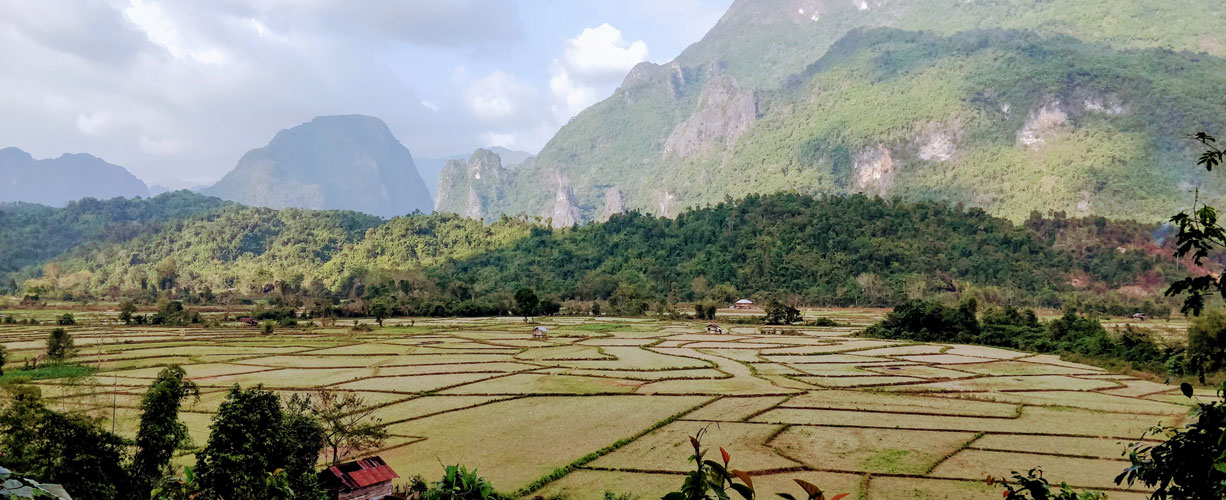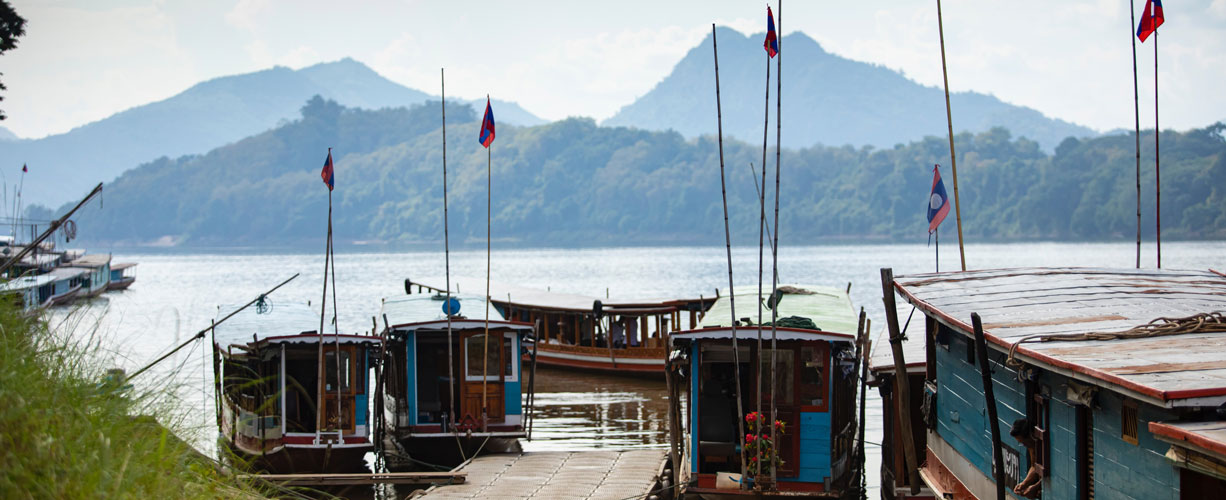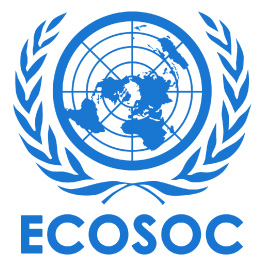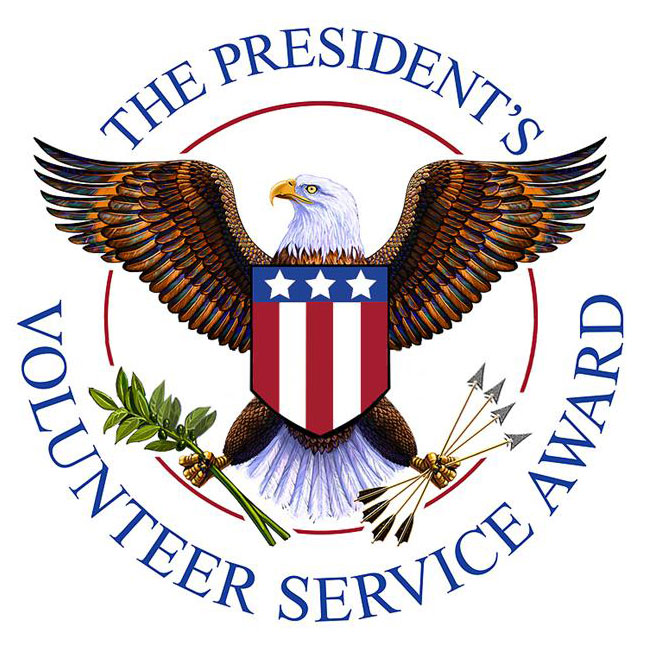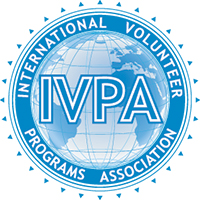The country has long been occupied by migrating Thais (including Shans, Siamese and Lao) and slash-and-burn Hmong/Mien hill tribes. The first Lao principalities were consolidated in the 13th century following the invasion of southwest China by Kublai Khan's Mongol hordes. In the mid-14th century, a Khmer-sponsored warlord, Fa Ngum, combined a number of scattered principalities around Luang Prabang to form his own kingdom, Lan Xang ('a million elephants'). The kingdom initially prospered, but internal divisions and pressure from neighbours caused it to split in the 17th century into three warring kingdoms centred on Luang Prabang, Wieng Chan (Vientiane) and Champasak.
By the end of the 18th century, most of Laos came under Siamese (Thai) suzerainty but the territory was also being pressured by Vietnam. Unable or unwilling to serve two masters, the country went to war with Siam in the 1820s. This disastrous ploy led to all three kingdoms falling under Thai control. By the late 19th century, France had established French Indochina in the Vietnamese provinces of Tonkin and Annam. The Thais eventually ceded all of Laos to the French, who were content to use the territory merely as a buffer between its colonial holdings and Siam.
During WWII, the Japanese occupied Indochina and a Lao resistance group, Lao Issara, was formed to prevent the return of the French. Independence was achieved in 1953 but conflict persisted between royalist, neutralist and communist factions. The USA began bombing North Vietnamese troops on the Ho Chi Minh Trail in eastern Laos in 1964, escalating conflict between the royalist Vientiane government and the communist Pathet Lao, who fought alongside the North Vietnamese. By the time a ceasefire was negotiated in 1973, Laos had the dubious distinction of being the most bombed country in the history of warfare.
A coalition government was formed, but when Saigon fell in 1975, most of the royalists left for France. The Pathet Lao peacefully took control of the country and the Lao People's Democratic Republic came into being in December 1975. Laos remained closely allied with the Vietnamese communists throughout the 1980s. Although many private businesses were closed down after 1975, there has been a relaxation of rules since 1989, and the move towards a market economy has led to a small-scale economic revival. Laos cemented ties with its neighbours when it was welcomed into ASEAN in July 1997. In 1998 former prime minister Khamtai became president.
By the late 1990s, the economy was in such poor shape - having experienced inflation of over 100 per cent and a depreciation of the kip by more than 500 per cent - that the resolutely socialist country did something that they'd never done before. They devised a 'Visit Laos' campaign in order to attract the tourist dollar. Although it was not an overwhelming success, the kip was dragged back from its death bed and inflation was reined in a little. Perhaps more significantly, there were unofficial reports of disaffected Laotians rattling the chains cast about them by the Politburo and hardliners of the draconian Lao People's Revolutionary Party.
In June 2003, an exile group based in the US announced that a revolution had been launched in the provinces, a claim quickly denied by the government. Meanwhile, two European journalists in contact with a Hmong ethnic group were briefly jailed, and occasional bombings in Vientiane - such as in June 2004 - were the most visible signs of discontent.
Copyright 2010 Lonely Planet Publications , all rights reserved, used with permission
